Why Children Have To Learn The Importance Of Robotics And Coding
Robotics and coding are just some of the many ideas that are reserved for the technically-inclined adults. But is it possible to teach these concepts to our kids these days? Are their innocent minds able to handle the complexities of computer science?
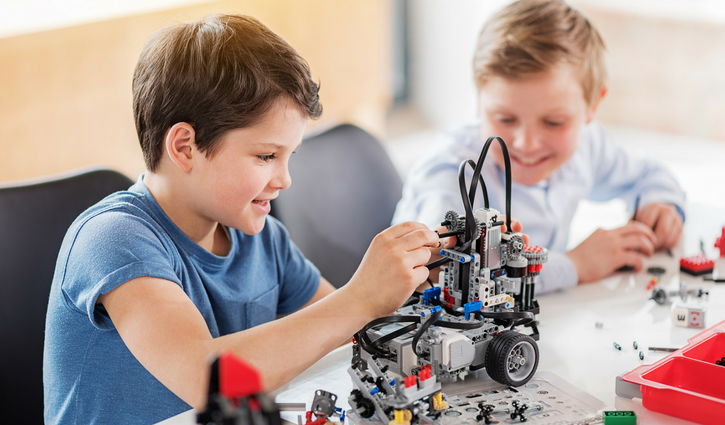
Read further as we are going to discuss some reasons why children have to learn the importance of robotics and coding.
- 0 Comments
- Jul 8, 2019 11:30:44 AM
- Posted by Maria Alejandra Calcetero
- Topics: Robotics, EdTech, STEM, Coding, programming, Technology, STEMchat
Why Robotics should be included in STEM education
In a world where the importance of technology is growing by the minute, it comes as no surprise that educators understand the importance of focusing on STEM subjects: science, technology, engineering and mathematics. Programming is already gaining popularity, but there is another area of knowledge that involves all four letters of the acronym and deserves more attention in a school system that truly means to keep up with the times: robotics.
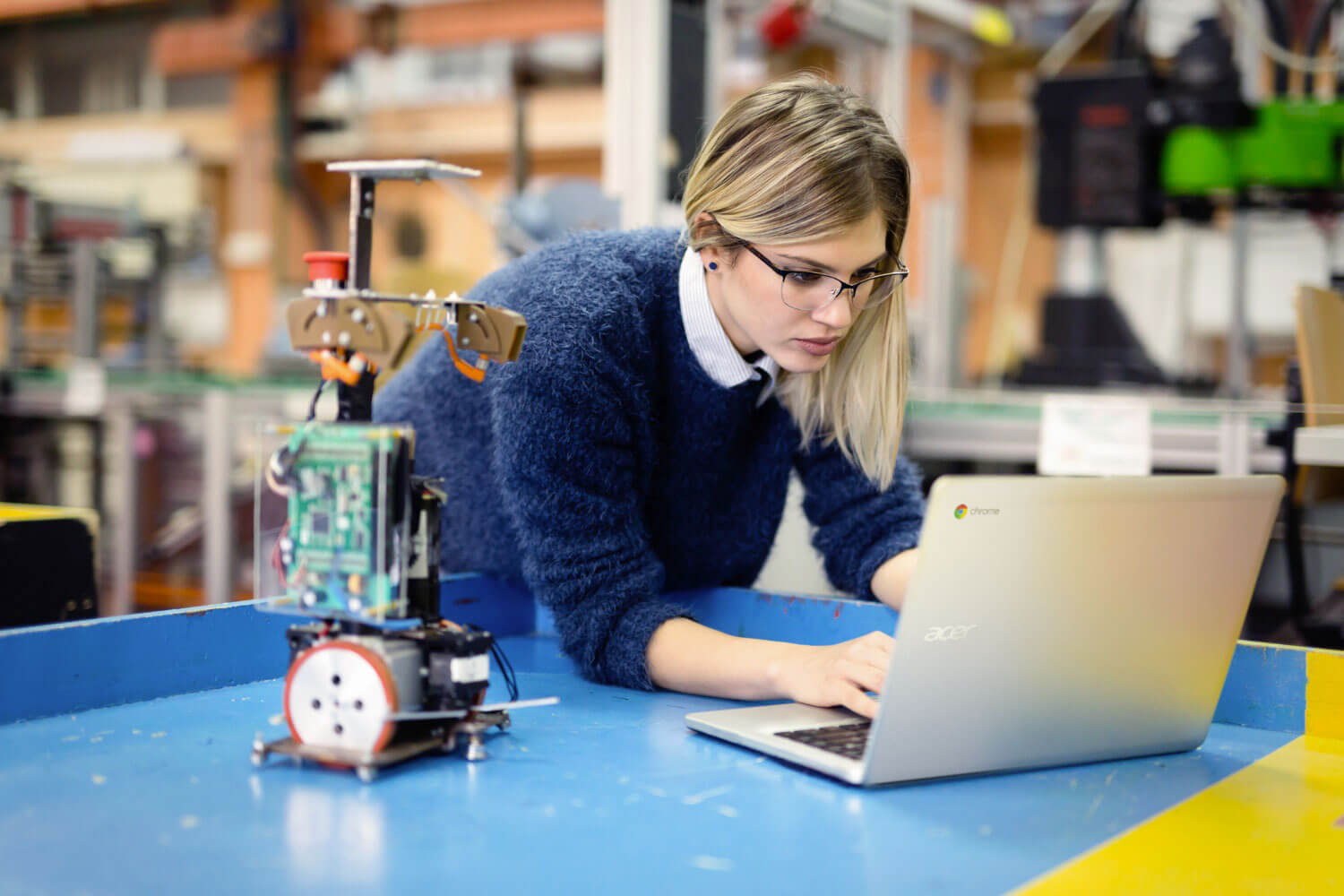
- 0 Comments
- Jun 21, 2019 10:46:26 AM
- Posted by Maria Alejandra Calcetero
- Topics: Robotics, STEM, STEMchat
Preparing students for future jobs with STEM Education
The job market is changing by the minute. While accurately predicting the future is impossible, that is a statement with which most analysts agree. Over 60% of our current students will end up having careers that do not exist yet, and for a teacher whose task is to prepare them for those careers, keeping up with the breakneck pace of change can be daunting.
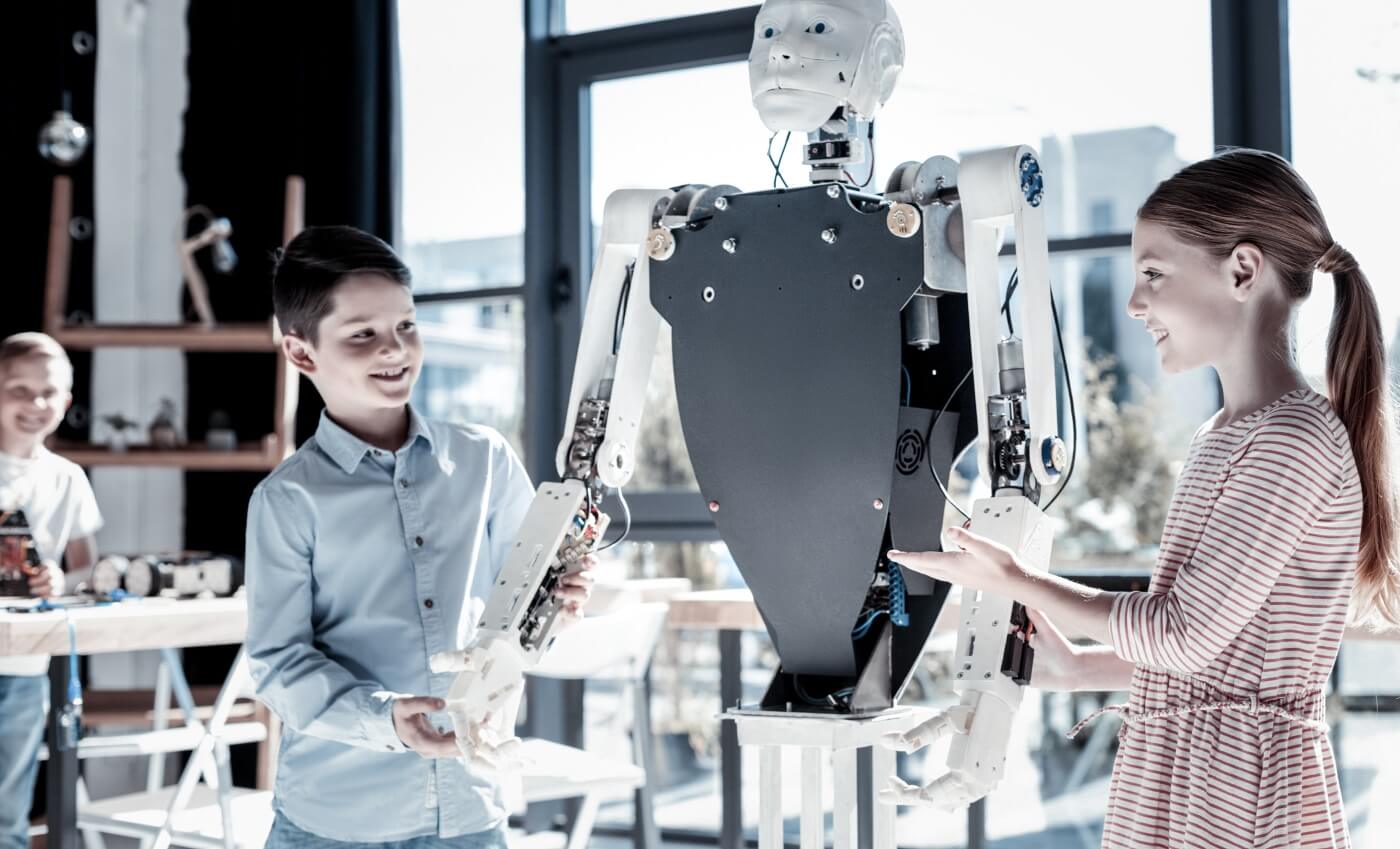
What can we do to ensure the future generations are ready? Although the future is uncertain, we do have a few certainties to start from.
- 0 Comments
- Jun 20, 2019 11:24:29 AM
- Posted by Maria Alejandra Calcetero
- Topics: Robotics, STEM, STEMchat
Five Steps For Integrating Computer Science in the Classroom
Check these classroom-friendly tips and resources that you can use to introduce young learners to coding, storytelling, and creative problem-solving!

- 0 Comments
- Jun 19, 2019 12:41:43 PM
- Posted by Maria Alejandra Calcetero
- Topics: Robotics, STEM, Computer Science, STEMchat
A Summer’s Worth of STEM PD/Prep Ideas!
School is out or soon will be for summer – a time when most teachers can kick back and take full advantage of a sun-and-fun break. No more thinking about students and school, right? Wrong! (You knew that. Teachers are always learning.)

In my years teaching middle school science, summer was an ideal time to pause, take a deep breath or two, and let my mind wander over lessons and learning that took place during the previous school year. Inevitably, ideas for changes and improvements drifted to the surface as I thought about things that went great and . . well, not so great.
- 0 Comments
- Jun 14, 2019 12:32:32 PM
- Posted by Maria Alejandra Calcetero
- Topics: Robotics, EdTech, STEM, STEMchat
7 Valuable Roles for STEM Teacher Leaders
I’m passionate about teacher leadership. I deeply believe that well-informed and skilled teacher leaders are the most valuable assets we have in our schools, districts, and states.
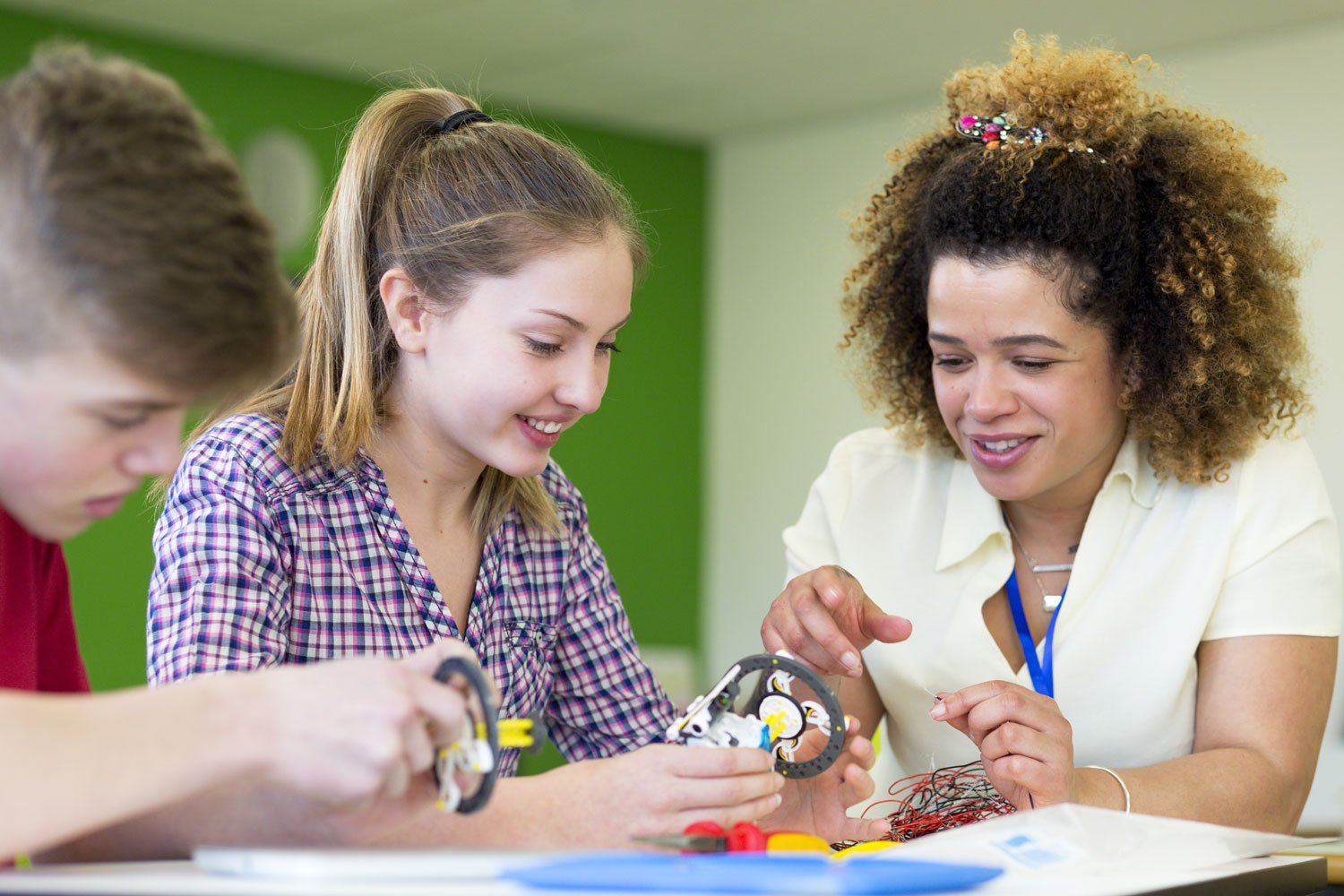
In the STEM education arena, teacher leaders are particularly crucial. All STEM teachers can be classroom leaders, but every school and district needs to invest time and resources into developing STEM Teacher Leaders (STLs – an acronym I just concocted) to take on additional roles and responsibilities.
- 0 Comments
- Jun 13, 2019 11:25:26 AM
- Posted by Maria Alejandra Calcetero
- Topics: Robotics, EdTech, STEM, STEMchat
Elementary Engineering: An Early Start on STEM
America’s Got Talent!, acclaims a popular TV show – and it goes on to spotlight an assortment of talented performing artists (and a few who should probably consider other paths). But does America have STEM talent? Of course! We have STEM talent aplenty, but are we taking full advantage of it? Are we good at unearthing this valuable human resource?
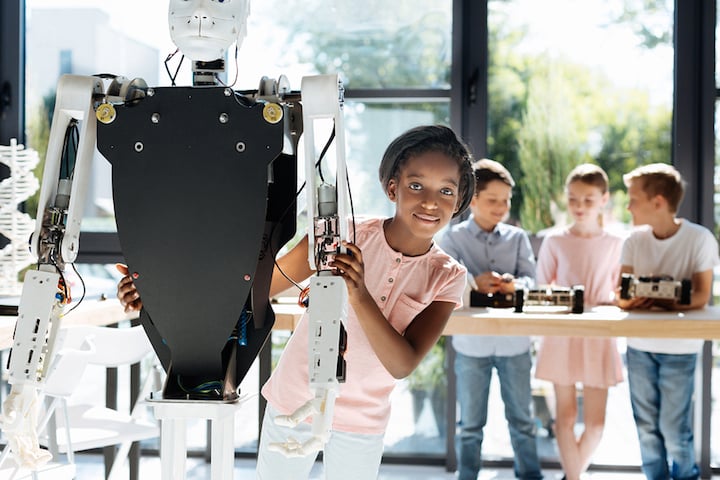
Many leaders say “no” and point out that in our own American universities, more foreign students graduate in STEM fields than do American students. Where are our talented, capable students? Our nation’s workforce needs innovative STEM workers as fast as we can produce them.
- 0 Comments
- Jun 12, 2019 10:36:34 AM
- Posted by Maria Alejandra Calcetero
- Topics: Robotics, EdTech, STEM, STEMchat
9 Ways Parents Can Support STEM Habits
Kids develop STEM habits in the classroom, but they spend most of their time outside of school. That’s where parents and other adults can help to inspire, support, and continue their children’s STEM learning.
That means that parents must also know what STEM is and have a toolkit of ideas for helping their kids.

- 1 Comments
- Jun 11, 2019 12:39:34 PM
- Posted by Maria Alejandra Calcetero
- Topics: Robotics, EdTech, STEM, STEMchat
Plan Now for STEM Learning Next Year
Take a deep breath – this school year is drawing to an end. Everything so far has gone exactly as planned, and your classes have been examples of perfectly executed STEM lessons and totally cooperative students.
Or . . . maybe not?
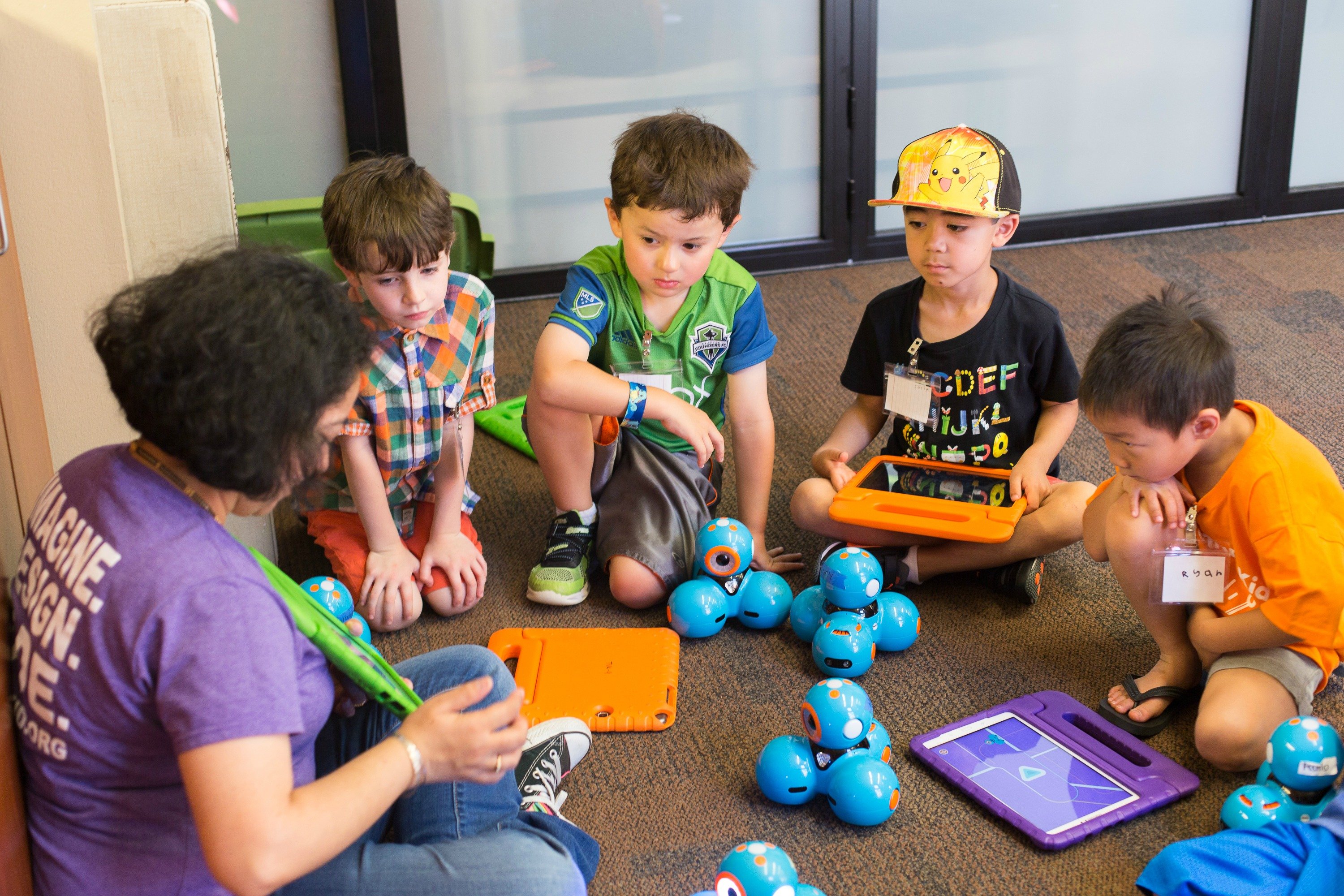
- 1 Comments
- Jun 7, 2019 1:21:16 PM
- Posted by Maria Alejandra Calcetero
- Topics: Robotics, EdTech, STEM, Coding
10 Benefits of Coding that Have Nothing to Do with Coding
Coding is not just about learning a programming language and how to write lines of code. There are so many benefits of coding that support the development of a well-rounded student.
Here are 10 benefits of coding that have nothing to do with coding:
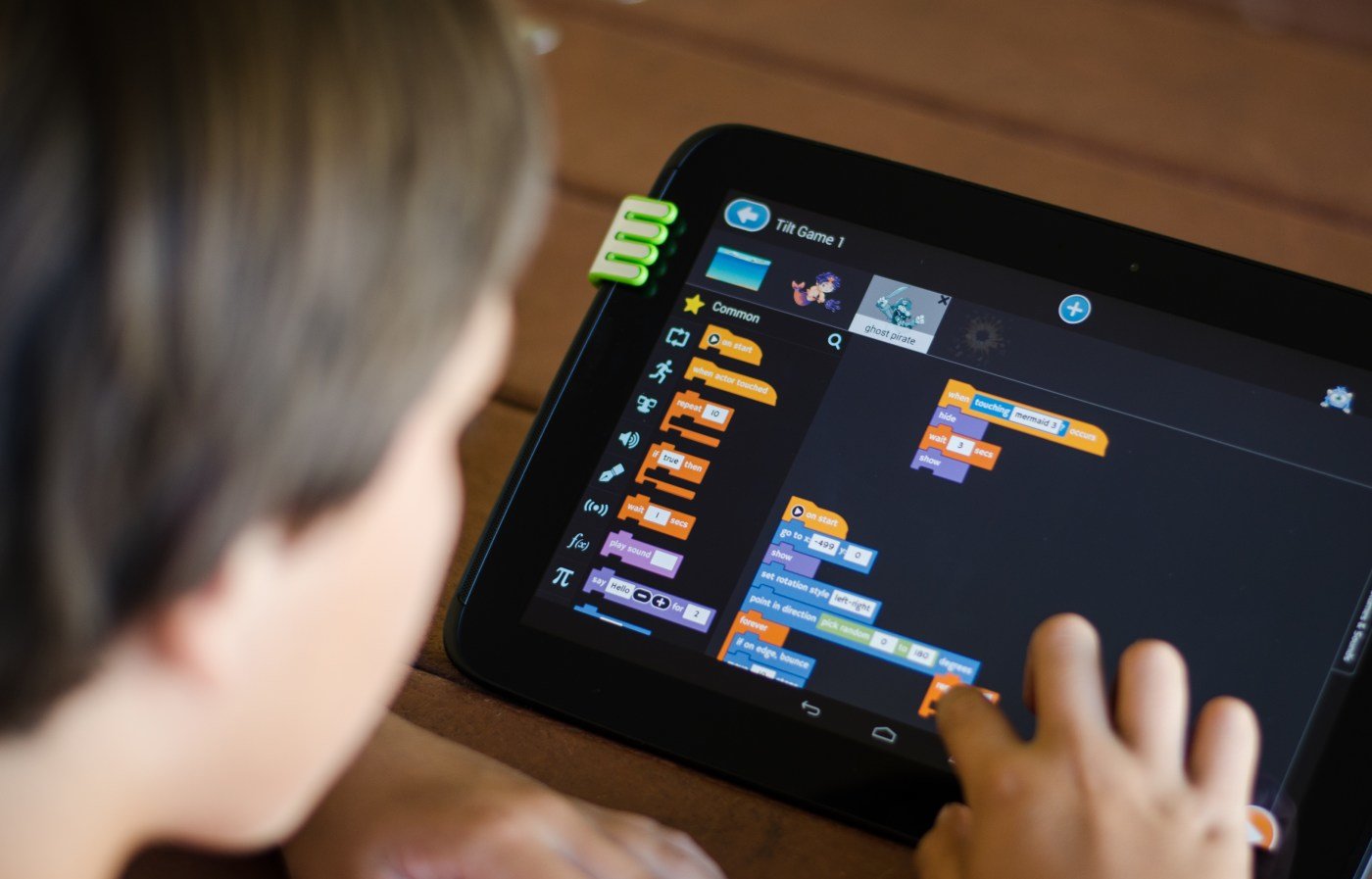
- 0 Comments
- Jun 6, 2019 3:15:29 PM
- Posted by Maria Alejandra Calcetero
- Topics: Robotics, EdTech, STEM, Coding
Relevant Posts
Popular Posts
Subscribe to Email Updates
-
I Want To Learn MoreADDITIONAL INFORMATION


